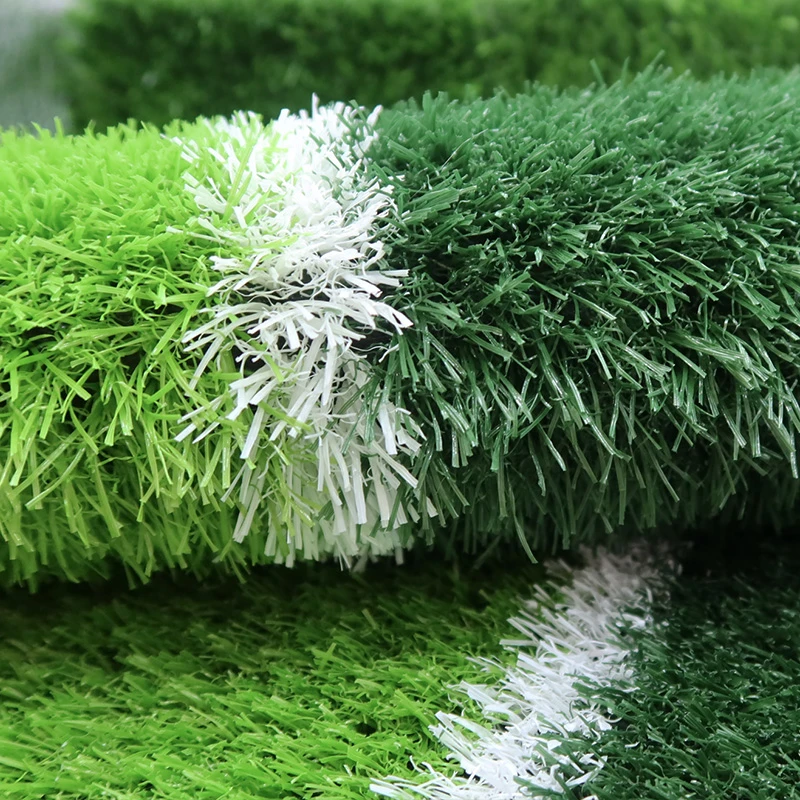
- Afrikaans
- Arabic
- Belarusian
- Bengali
- Czech
- Danish
- Dutch
- English
- Esperanto
- Estonian
- Finnish
- French
- German
- Greek
- Hindi
- Hungarian
- Icelandic
- Indonesian
- irish
- Italian
- Japanese
- kazakh
- Rwandese
- Korean
- Kyrgyz
- Lao
- Latin
- Latvian
- Malay
- Mongolian
- Myanmar
- Norwegian
- Persian
- Polish
- Portuguese
- Romanian
- Russian
- Serbian
- Spanish
- Swedish
- Tagalog
- Tajik
- Thai
- Turkish
- Turkmen
- Ukrainian
- Urdu
- Uighur
- Uzbek
- Vietnamese
Choosing the Perfect Grass for Golf Putting Greens for Optimal Performance and Aesthetics
Oct . 17, 2024 12:42 Back to list
The Importance of Putting Greens in Golf Understanding Grass Selection
Golf is a sport that requires precision, skill, and an in-depth understanding of various factors that contribute to the game's playability. One of the most critical elements of any golf course is the putting green. The surface of these greens, primarily defined by the type of grass used, can significantly affect a golfer’s performance. Understanding the characteristics of putting green grass, including its types, maintenance, and impact on play, is essential for both players and course managers.
Types of Grass for Putting Greens
There are several types of grass that are commonly used for putting greens, and the choice often depends on geographic location, climate, and specific playing conditions. The two major categories of grasses used are cool-season grasses and warm-season grasses.
1. Cool-Season Grasses These grasses thrive in the northern climates and are most vigorous in the spring and fall. Common varieties include Kentucky Bluegrass, Perennial Ryegrass, and Creeping Bentgrass. Creeping Bentgrass, in particular, is a favorite among golf course designers due to its fine texture and ability to tolerate closely mowed conditions, making it ideal for smooth putting surfaces.
2. Warm-Season Grasses In contrast, warm-season grasses are suited for southern regions where temperatures significantly rise. Popular choices include Bermuda Grass, Zoysia Grass, and Bahia Grass. Bermuda Grass is often praised for its durability and ability to recover quickly from wear and tear, making it a common choice for many golf courses in warmer climates.
Maintenance of Putting Greens
The maintenance of putting greens is crucial for achieving optimal playing conditions. Regular mowing, aerating, and topdressing are standard practices to ensure the health and performance of the grasses used.
golf putting grass

- Mowing This is perhaps the most visible aspect of grass maintenance. Greens are typically mowed at a height of 0.1 to 0.5 inches, which requires specialized equipment. Proper mowing techniques help maintain the smoothness of the greens and encourage horizontal growth, which is vital for a dense turf.
- Aeration Over time, putting greens can become compacted, affecting water and nutrient uptake. Aerating the greens by removing small cores of soil alleviates this issue, allowing the roots of the grass to breathe, grow deeper, and access more nutrients.
- Topdressing This involves applying a thin layer of sand or a sand-soil mix to the green surface. Topdressing helps create a smoother playing surface, balances out imperfections, and enhances drainage.
The Impact of Grass Selection on Putting
The type of grass used for a putting green can dramatically influence a player’s experience. For example, the speed of the green—how fast the ball rolls—depends significantly on the grass type and condition. Bentgrass greens, when properly maintained, typically provide a faster surface compared to Bermuda grass. This difference in speed can challenge golfers, demanding higher skill levels and greater strategic thinking.
Furthermore, the texture of the grass affects how the ball reacts upon impact. A fine-textured grass, like Creeping Bentgrass, provides a more predictable roll compared to coarser grasses, which can lead to inconsistencies. As a result, players often adapt their putting techniques based on the grass type they encounter on different courses.
Conclusion
In conclusion, the selection of grass for putting greens is a decision that requires careful consideration and expert knowledge. From the various grass types suited for different climates to the meticulous maintenance practices essential for optimal playing conditions, every detail can impact a golfer's performance. For players, understanding these factors can enhance their appreciation of the game and help them adapt their strategies to succeed on diverse greens. Whether you are a seasoned pro or a weekend warrior, the grass beneath your feet can make all the difference in your golfing experience.
-
The Benefits of Artificial Turf for Indoors
NewsJul.15,2025
-
How Artificial Grass Suppliers Ensure Quality Products
NewsJul.15,2025
-
Artificial Grass and Pets: A Space for Relaxation
NewsJul.08,2025
-
Balcony & Outdoor Decoration with Artificial Grass
NewsJul.08,2025
-
Best Indoor Artificial Grass for Home
NewsJul.07,2025
-
Best Pet Turf for Dogs: Safe & Durable Artificial Grass Options
NewsJul.07,2025
Products categories









